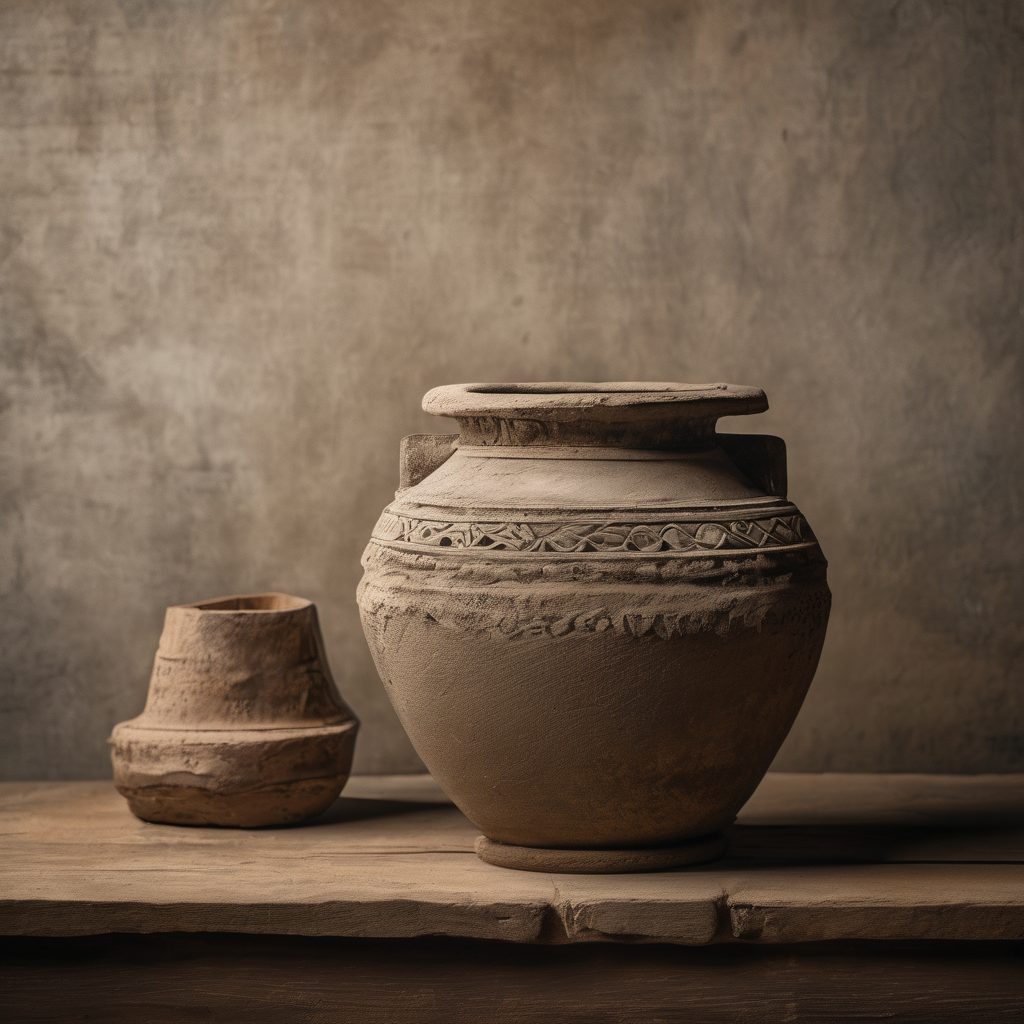The Sudan National Museum, located at the junction of the Blue and White Nile in Khartoum, is a poignant reminder of the country’s rich cultural heritage, but it currently stands marred by the impacts of over two years of civil war. This brutal conflict has led to the death of tens of thousands and displaced millions, taking a significant toll on Sudan’s historical artifacts, many of which now lie damaged or lost.
In the wake of a military takeover of Khartoum from the paramilitary Rapid Support Forces (RSF) earlier this spring, the remnants of destruction are evident. The museum has experienced significant looting, and several of its antiquities have been lost to the chaos surrounding the city. Preservationists returning to Khartoum have initiated recovery efforts, working tirelessly to salvage what remains amidst the devastation.
Leading a committee to evaluate the museum’s damage, Rehab Kheder Al-Rasheed highlighted the extensive losses, revealing that thousands of historically significant artifacts are believed to be stolen. Ikhlas Abdullatif, director of Sudan’s National Corporation of Antiquities and Museums, confirmed that around 4,000 items are currently unaccounted for, with severe losses reported throughout the nation, particularly in regions like Darfur.
Among the vulnerabilities is the Buhen Temple, crafted by the Egyptian Queen Hatshepsut around 1,500 B.C. Despite sustaining damage, efforts toward its restoration are in progress, albeit limited by scarce resources. The situation is similarly dire at Khartoum’s Republican Palace Museum, which is now filled with charred debris resulting from the conflict.
The financial demand for restoring and maintaining Sudan’s museums, along with securing surviving artifacts, is an estimated $100 million—a daunting challenge given the current economic hardships faced by the country. Meanwhile, around 45 archaeological missions that were previously operational in Sudan have been suspended due to the ongoing violence, with uncertainty surrounding when foreign specialists might safely return to continue their work.
Amid these challenges, Rasheed shared a hopeful sentiment, urging for the return of archaeological missions to continue their crucial work. The resilience of preservationists, paired with the potential for recovery, signifies a steadfast commitment to safeguarding Sudan’s historical narrative. This reflects a profound recognition of cultural heritage’s significance, particularly in turbulent times, where history can serve as a foundation for identity and community resilience.
